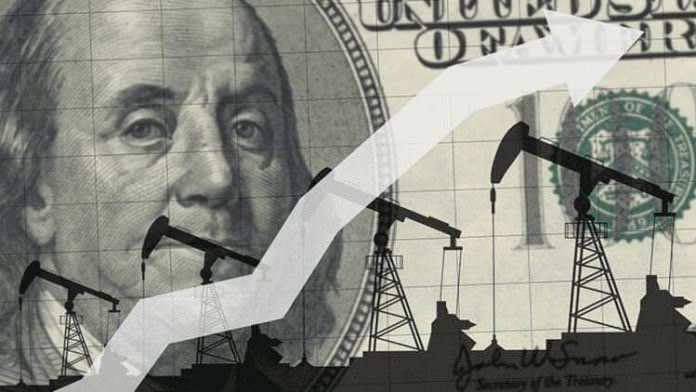
Most of the time it is difficult, if not impossible, to recognize that a major sea change is taking place — especially when it is just getting started. The Barnett Shale seemed to burst on the scene around the 2004-2005 timeframe as an instant success. Like most every overnight success, the story began 20 some years earlier when George Mitchell started drilling vertical wells and hydraulically fracturing those wells. After 20 plus years of experimentation and hard work, as well as adding horizontal drilling to the mix, drilling in the Barnett became successful.
For the next five or six years, most shale plays were natural gas dominated. Then from 2010 to 2012, producers started figuring out how to extract oil from shale formations. The Bakken, the Eagle Ford and a little later the Permian, became major fields that produced oil from shale formations. Taking two technologies (hydraulic fracturing and horizontal drilling) that had been around for a while, and using them together, is what turned shale formations into a major recoverable hydrocarbon asset.
Remember a decade or so ago, when everyone thought we were running out of natural gas and oil? There was all this doom and gloom about the natural resources picture. The production increase has been incredible. In fact, the lower prices caused by the increase in American supply of hydrocarbons is one of two major threats to the long-term survival of the industry. The other major threat being mandates and subsidies for renewables.
Let’s examine what the shale revolution has meant to U.S. oil production.

Approximately two-thirds of U.S. natural gas production comes from shale formations. In September 2008, U.S. oil production averaged less than 4 Mbpd. In November 2018, U.S. average oil production was 11.7 Mbpd. U.S. oil production has roughly tripled in the last 10 years.
It would be hard to overstate the impact this increase in production has had to the economy of the country and the state of Texas. I would argue that most of the good economic news we have had in the last 10 years has been due to the increase in U.S. energy production and the resultant economic activity. The improvement in our balance of trade deficit resulting from the reduction of oil imports has been tremendous.
Those of us who have lived in Texas or other parts of the oil patch the last 10 to 12 years have had a front row seat to watch the revolution take place. Many of the readers of this magazine have not only watched this revolution but were, and remain, key participants in this shale revolution, having helped bring the benefits to not only us locally, but to the entire world. We are right in the middle of this revolution happening. We don’t have the proper perspective to know how long the revolution is going to last, but if we don’t mess it up by adopting the wrong regulatory and other policy, the shale revolution should continue to benefit the country for many more years. The shale revolution was truly a new beginning for the energy industry in the United States.
About the author: David Porter has served as a Railroad Commissioner (2011–17) and Chairman (2015–16), as well as Vice Chairman of the Interstate Oil and Gas Compact Commission (2016). Prior to service on the Commission, Porter spent 30 years in Midland, Texas, as a CPA working with oil and gas producers, service companies and royalty owners. Since leaving the Commission, Porter works as a consultant for oil and gas companies. He also serves as Chairman of the 98th Meridian Foundation, a nonprofit concerned with water, energy and land issues.














